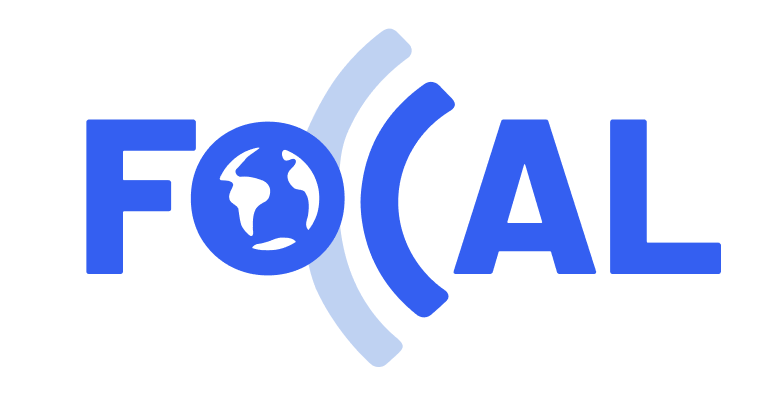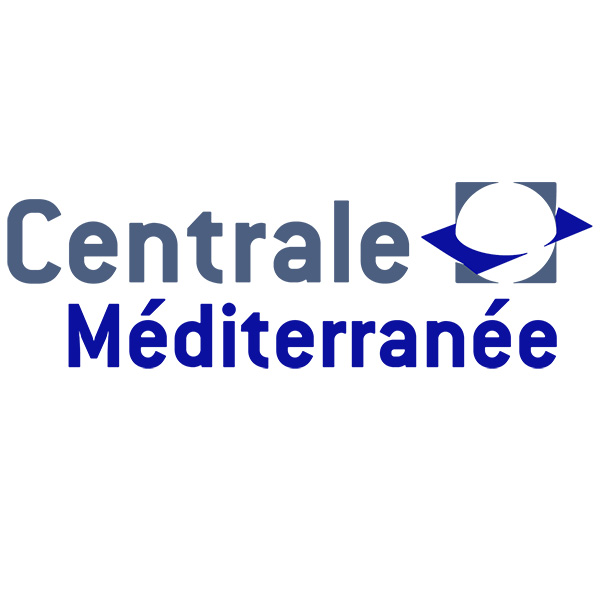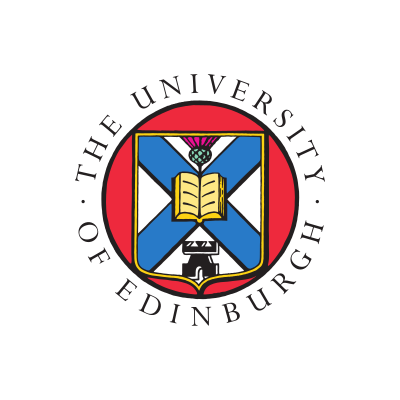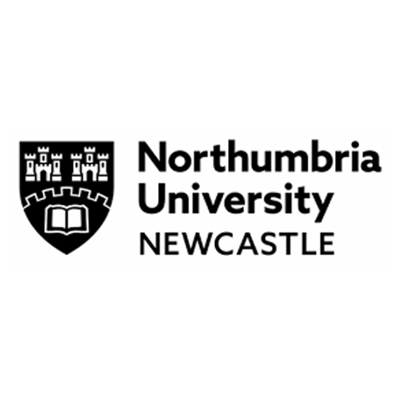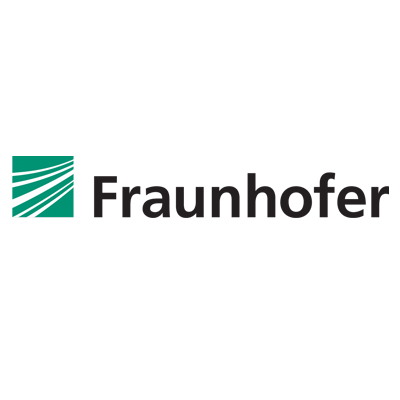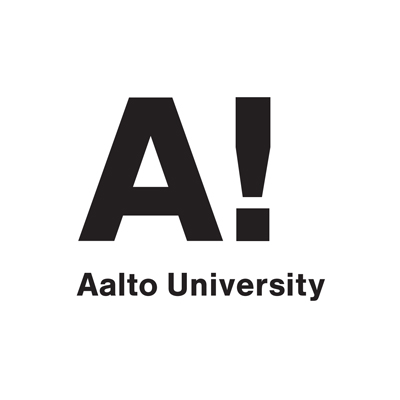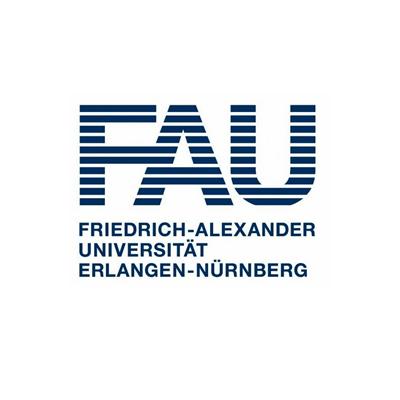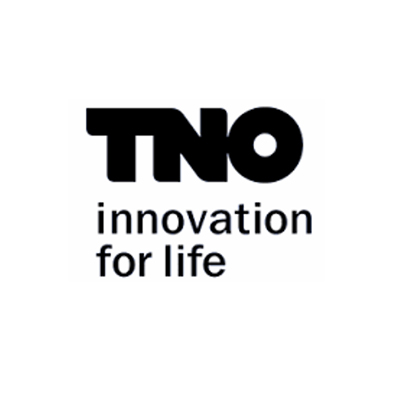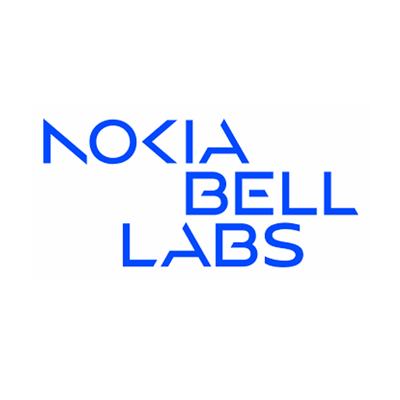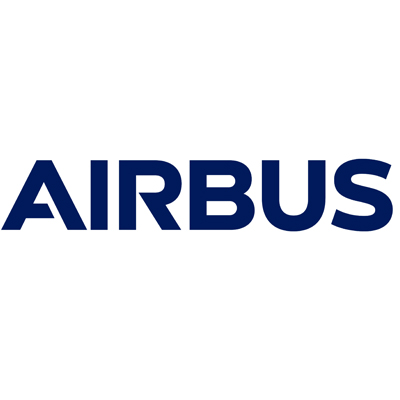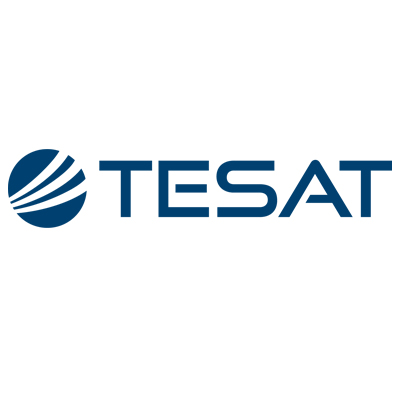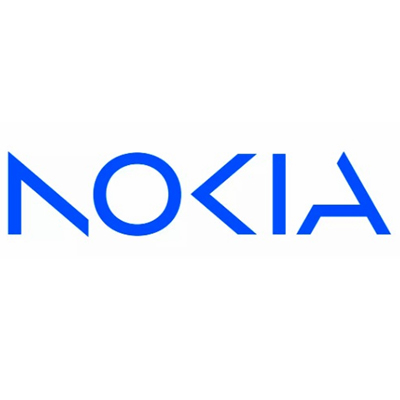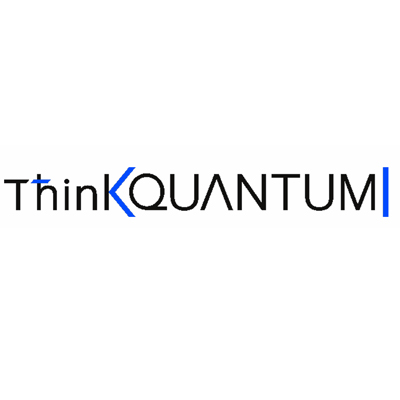Beneficiary Partners
Free-space Optical Communications for Aerial-sateLlite networks
FOCAL gathers 26 partners from academic and private sector from 8 countries. Among them, 14 organisations are direct beneficiaries of the European grant.
1. École Centrale Méditerranée (ECM)
École Centrale Méditerranée (previously Ecole Centrale Marseille) is a leading graduate school of engineering located in Marseille and a member of the TIME (Top Industrial Managers for Europe) network. There are eight research laboratories under the joint leadership of ECM and Aix-Marseille University including Fresnel Institute where this project will be carried out. Fresnel Institut is among the largest and most prestigious research labs on optics and electromagnetism and puts together about 200 staff including more than 50 PhD students with research activities spread on four main fields, including “Information & Photonics” with a special focus on “Optical Communications for IoT”. The researchers are currently involved in several European projects, COST Actions, and ERCs.
3. University of Edinburgh (UEDIN)
UEDIN is a research-intensive university located in Edinburgh, Scotland. It was the fourth university to be established in Scotland and the 6th in the UK and is regarded as one of the most prestigious universities in the world. The university is ranked the 1st in Scotland, 5th in the UK, 7th in Europe, and 20th in the world according to the 2021 QS Higher Education Ranking. IDCOM, a research institute of the school of Engineering, UEDIN, hosts this project. IDCOM’s research is world-leading in the broad field of digital communications, signal processing and imaging. In addition, UEDIN and IDCOM activities in optical wireless communications (including both FSO and LiFi) is well reputed internationally. IDCOM comprises 19 academic staff and about 90 research associates, and 1 Honorary Fellow. IDCOM is part of the Edinburgh Research Partnership in Engineering (www.erpe.ac.uk), which exploits the combined strengths of engineering research at Heriot-Watt University and the School of Engineering of the University of Edinburgh, to advance fundamental knowledge and its application within Engineering, with emphasis on challenges of global importance.
4. University of Northumbria (NUN)
The University of Northumbria (NUN) at Newcastle is one of the renowned research-active post-1992 universities in UK, with over 38,000 students enrolled at undergraduate and postgraduate levels including over 650 PhD students, and over 2000 academic staff. NUN has successfully completed many EU funded research project and currently are coordinating few of them.
5. Fraunhofer-Gesellschaft zur Förderung der angewandten Forschung, Heinrich Hertz Institute (HHI)
Fraunhofer maintains more than 70 institutes and is Europe’s largest application-oriented research organization. See www.fraunhofer.de/en/about-fraunhofer.html.
The Fraunhofer Institute for Telecommunications, Heinrich Hertz Institut (HHI) is a world leader in the development for mobile and optical communication networks and systems as well as processing and coding of video signals. See www.hhi.fraunhofer.de/en.
The Photonic Networks and Systems department develops solutions for high-performance optical transmission systems to be used for in-house, access, metropolitan, wide-area and satellite communication networks.
6. Aalto-korkeakoulusäätiö (Aalto)
Aalto-korkeakoulusäätiö sr., operating as Aalto University (AALTO), is a Finnish multidisciplinary university in the fields of science and technology, economics, architecture, and art and design. Aalto University employs 389 professors and has a student body of 12000 Full-Time Equivalent (FTE), 70% of which are students in science and technology. Aalto University was founded in 2010 by merging three Finnish universities: The Helsinki School of Economics, The University of Art and Design Helsinki, and Helsinki University of Technology. The three schools were all leading and renowned institutions in their respective fields. In 2023, Aalto University was placed 40th in the world in this year’s Times Higher Education (THE) Young University Rankings. The site of the research is the Department of Information and Communications Engineering (DICE). The department’s research and teaching span from ICT technology to core electrical engineering and its basic phenomena. Department carries out research on Human-centric Technology, Communications and Networked System and Fundamentals of Information and Communications Engineering. One of the department’s special strengths is linking research with the Finnish and international business sector.
7. Friedrich-Alexander-University Erlangen-Nuremberg (FAU)
FAU was established in 1743 and has currently more than 39.000 enrolled students. FAU has more than 13.000 employees of whom more than 650 are professors. FAU fosters international collaborations, has more than 500 international university partnership agreements and more than 150 international research partnerships. Furthermore, FAU is a research-intensive university and participates in this project with the Institute for Digital Communications (IDC). IDC was founded in 2012 through the Alexander von Humboldt Professorship program of the Alexander von Humboldt Foundation (AvH) and the German Ministry for Education and Research. IDC has four professors, two postdoctoral fellows, 16 PhD students, and several secretaries and technicians on its staff. The main research of IDC focuses on signal processing for communications, information theory-based analysis and design of wireless, satellite, and unmanned aerial vehicle (UAV) systems, and multiple-input multiple-output (MIMO) systems over radio frequency (RF) and free-space optical (FSO) links.
8. Nederlandse Organisatie voor Toegepast Natuurwetenschappelijk Onderzoek (TNO)
TNO is an independent not-for-profit research organization in The Netherlands, with ~4000 employees. Its mission is to generate innovative solutions with demonstrable impact to achieve a safe, healthy, sustainable, and digital society and boost the earning power of the Netherlands. Within the unit High-Tech Industry, Optical Satellite Communication is one of the main applications with an annual turn-over of 16 M€. For Optical Satellite Communication ~40 FTE is active in applied research in the fields of optics, mechanics, control, electronics and communication technology.
9. Nokia Bell Labs, Denmark (NOKIA-DK)
Nokia employs approximately 92,000 people across over 100 countries, does business in more than 130 countries, and has reported annual revenues of around €23 billion.
The company has operated in various industries over the past 150 years. It was founded as a pulp mill and had long been associated with rubber and cables, but since the 1990s has focused on large-scale telecommunications infrastructure, technology development, and licensing. Nokia made significant contributions to the mobile telephony industry, assisting in the development of the GSM, 3G, LTE and 5G standards.
10. Airbus Defence and Space (AIRBUS)
Airbus Netherlands (NL) is a subsidiary of Airbus Defence and Space. Airbus NL develops and delivers solar arrays to the global satellite market, major structural parts for the European launchers and optical instruments for atmospheric monitoring. Airbus NL is now focusing a major part of its Research and Development (R&D) on products for Laser Satellite communication and, in particular, on equipment for links through the atmosphere such as feeder link ground stations to GEO and LEO, Quantum Key Distribution (QKD) ground stations and terminals for aircraft. This R&D programme recently accelerated with the grant of the Dutch National Growth Fund programme “Next Gen High tech”.
12. Tesat-Spacecom GmbH & Co. KG
TESAT is an independent subsidiary of Airbus Defence and Space, focusing on the development, production and testing of communication payloads for the international satellite market. In particular, TESAT spearheads the commercialization of laser communication terminals for inter-satellite and down-to-earth links. TESATs interest in quantum communication dates back to 2007 with the participation in the ESA study QIPS together with leading researchers in the field. Since then, TESAT has shown continuous interest in a space- commercialization of QKD and is currently a major contributor to the EAGLE-1 mission and the ESA SAGA program. As of April 2023, TESAT has formed a dedicated quantum technology team and is currently setting up a quantum test laboratory for the development and testing of quantum payloads.
13. Nokia Networks France (NOKIA-FR)
Nokia creates technology that helps the world act together. As a trusted partner for critical networks, we are committed to innovation and technology leadership across mobile, fixed and cloud networks. We create value with intellectual property and long-term research, led by the award-winning Nokia Bell Labs. Adhering to the highest standards of integrity and security, we help build the capabilities needed for a more productive, sustainable and inclusive world. Nokia Bell Labs is the world-renowned industrial research arm of Nokia. Over its more than 90-year history, Bell Labs has invented many of the foundational technologies that underpin information and communications networks and all digital devices and systems. The French team of Nokia Bell Labs involved in the FOCAL project is part of Nokia networks France.
14. ThinkQuantum (TKQ)
ThinkQuantum is an innovative start-up, spin-off of the University of Padua, recently established by Officina Stellare Spa and other academic founders. ThinkQuantum develops and commercializes high-performance Quantum Key Distribution systems for fiber and free-space channels and high-speed and secure Quantum Random Number Generators based on a Source-Device-Independent protocol. As a spin-off of the University of Padua, ThinkQuantum has a solid technology leadership, with most of its founders and employees coming from the QuantumFuture Research Group, which has been for years at the forefront of research related to the field of quantum communications. Officina Stellare Spa, a SME specialized in the design and production of high-tech opto-mechanical system instrumentation, brings to ThinkQuantum its remarkable scientific and opto-mechanical engineering capabilities together with a solid brand awareness and a well-grounded international network in the Space Industry.
